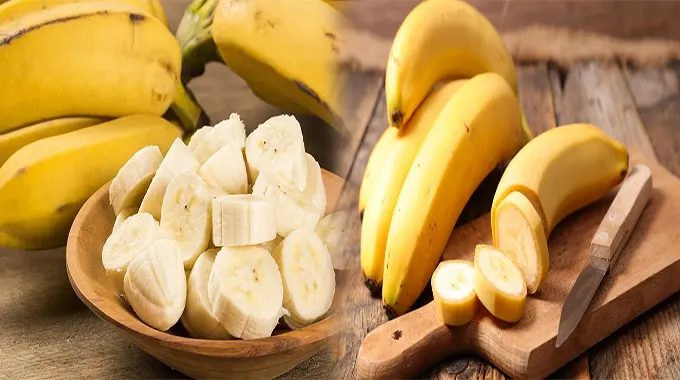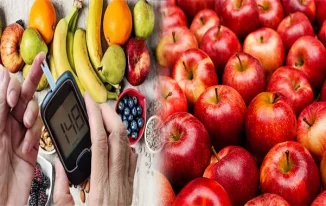For individuals managing diabetes, understanding how different foods impact blood sugar levels is crucial. Bananas, a popular and nutritious fruit, are often a subject of debate among diabetics due to their natural sugar content. In this article, we explore the question, “Can diabetics eat bananas?” by examining the glycemic index of bananas and providing portion tips to help individuals with diabetes make informed dietary choices.
Understanding the Glycemic Index of Bananas:
The glycemic index (GI) is a measure that ranks carbohydrate-containing foods based on their effect on blood sugar levels. Foods with a low GI (55 or less) are digested and absorbed more slowly, leading to a gradual rise in blood sugar levels. On the other hand, foods with a high GI (70 or above) are rapidly digested and cause a more significant spike in blood sugar.
Bananas fall in the medium range on the glycemic index scale, with a GI value of approximately 51. This means that bananas are considered a low to medium GI food, making them a suitable option for individuals with diabetes when consumed in moderation.
Portion Tips for Diabetics When Eating Bananas:
While bananas can be included in a balanced and diabetic-friendly diet, it is essential to be mindful of portion sizes to manage blood sugar levels effectively. Here are some portion tips for diabetics when eating bananas:
- Opt for Smaller Bananas: Choosing smaller-sized bananas can help control the carbohydrate intake per serving, reducing the impact on blood sugar levels.
- Pair with Protein or Fiber: To further minimize the glycemic effect of bananas, consider eating them with a source of protein or fiber, such as nuts, Greek yogurt, or chia seeds. This combination can help slow down the digestion of carbohydrates and prevent sharp fluctuations in blood sugar.
- Monitor Blood Glucose Response: Pay attention to how your body responds to consuming bananas by monitoring your blood sugar levels before and after eating. This can help you determine the appropriate portion size that works best for your individual needs.
- Include Bananas in Balanced Meals: Incorporate bananas as part of a balanced meal that includes other nutrient-dense foods like vegetables, whole grains, lean protein, and healthy fats. This can help improve overall glycemic control and prevent blood sugar spikes.
Consulting with a Registered Dietitian:
For personalized dietary guidance and recommendations tailored to your specific health needs, consult with a registered dietitian or healthcare provider. They can help create a meal plan that considers your individual health goals, blood sugar management, and dietary preferences while incorporating bananas in a way that supports your overall well-being.
Diabetics can enjoy bananas as part of a balanced diet when consumed in moderation and paired with other nutrient-rich foods. By understanding the glycemic index of bananas and following portion tips, individuals with diabetes can incorporate this versatile fruit into their meal plans without compromising blood sugar control. Remember that individual responses to bananas may vary, so it’s essential to monitor your blood glucose levels and work with a healthcare professional to find the approach that best supports your health and well-being.














